Home>Garden Essentials>How To Save Seeds From Cantaloupe
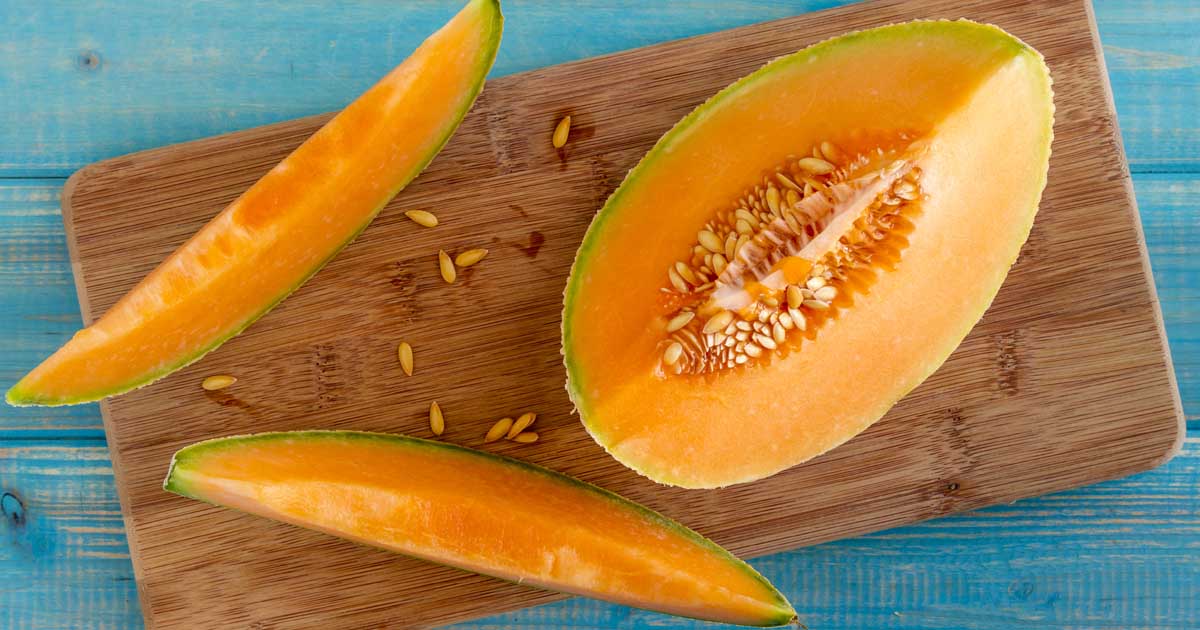

Garden Essentials
How To Save Seeds From Cantaloupe
Modified: March 21, 2024
Learn how to save seeds from cantaloupe in your garden and preserve the essence of this delicious fruit for future planting. Discover the step-by-step process now!
(Many of the links in this article redirect to a specific reviewed product. Your purchase of these products through affiliate links helps to generate commission for Storables.com, at no extra cost. Learn more)
Introduction
Welcome to the world of seed saving, where you can enjoy the satisfaction of growing your own cantaloupes from saved seeds. Cantaloupes, also known as muskmelons, are delicious and juicy fruits that are a staple in many summer gardens. However, instead of purchasing new seeds each year, saving and storing your own cantaloupe seeds can be a cost-effective and sustainable option.
Seed saving is a time-honored tradition that allows gardeners to preserve heirloom varieties and pass them down through generations. By saving seeds from your cantaloupes, you can create a sustainable seed bank that ensures a continuous supply of your favorite varieties for years to come.
In this article, we will dive into the world of saving cantaloupe seeds. From choosing the perfect cantaloupe to testing seed viability, we will cover all the steps you need to take to successfully save and store your own cantaloupe seeds.
So let’s grab our gardening gloves and get started on this exciting seed-saving adventure!
Key Takeaways:
- Save cantaloupe seeds to preserve unique flavors, reduce costs, and promote sustainability. Choose ripe, healthy fruits, clean and dry seeds, and store them properly for future planting.
- Test seed viability by germinating a sample, and follow tips for successful seed saving. Embrace the joy of growing cantaloupes from your own saved seeds!
Read more: How To Save Cantaloupe Seeds
Why Save Seeds from Cantaloupe?
You may be wondering why you should bother saving seeds from your cantaloupes when it’s so easy to purchase fresh seeds each year. Well, there are several compelling reasons to save and store your own cantaloupe seeds.
Preserving Genetic Diversity: Saving seeds from your cantaloupes allows you to preserve unique and heirloom varieties that may not be easily available in seed catalogs. By saving and growing these seeds, you contribute to the conservation of genetic diversity in our food system.
Cost-Effective: Purchasing seeds can add up, especially if you have a large garden or enjoy trying different varieties. By saving your own cantaloupe seeds, you can significantly reduce your seed costs year after year.
Adaptation to Your Local Climate: When you save seeds from cantaloupes grown in your own garden, you are selecting for traits that are well-adapted to your specific climate and growing conditions. Over time, these seeds will become more resilient and productive in your garden.
Preserving Flavor and Characteristics: Commercially available cantaloupe seeds are often bred for traits like shelf life and transportation, which can sometimes come at the expense of flavor. By saving seeds from the tastiest and most delicious cantaloupes in your garden, you can ensure that future generations of plants retain those desirable qualities.
Educational Opportunities: Saving seeds from cantaloupes provides an excellent opportunity to teach children or other aspiring gardeners about the importance of seed saving, plant reproduction, and the natural cycles of life. It’s a hands-on way to connect with nature and promote sustainable practices.
Self-Sufficiency: By saving your own cantaloupe seeds, you become less dependent on external seed sources and have more control over your food production. This increased self-sufficiency is not only empowering but can also contribute to a more resilient and sustainable lifestyle.
Now that we’ve explored the benefits of saving cantaloupe seeds, it’s time to learn how to choose the perfect cantaloupe for seed saving.
Choosing the Perfect Cantaloupe
When it comes to saving cantaloupe seeds, starting with the right fruit is crucial. By selecting a high-quality, disease-free cantaloupe, you increase the chances of obtaining viable and healthy seeds. Here are some tips to help you choose the perfect cantaloupe for seed saving:
1. Opt for Heirloom or Open-Pollinated Varieties: Heirloom and open-pollinated cantaloupe varieties are best for seed saving because their seeds will produce plants similar to the parent plant. These varieties are also more genetically diverse and often have better flavor.
2. Look for Fully Ripe Cantaloupes: Choose cantaloupes that are fully ripe. They should have a sweet aroma and yield slightly to gentle pressure at the stem end. A ripe cantaloupe will have a golden or cream-colored skin and a prominent netting pattern.
3. Select Disease-Free Cantaloupes: Avoid cantaloupes with any signs of disease or rot. Look out for blemishes, mold, or soft spots on the skin, as these may indicate underlying issues that can affect the quality of the seeds.
4. Consider Size and Shape: Cantaloupes come in different sizes and shapes. Choose fruits that are a good representation of the variety and have the desirable characteristics you want to preserve. You can also select cantaloupes with unusual or unique shapes to add some variety to your seed collection.
5. Source Local and Organic Cantaloupes: Whenever possible, obtain your cantaloupes from local farmers’ markets or organic sources. Locally grown cantaloupes are likely better adapted to your regional climate, and organic fruits are more likely to be free from pesticides or chemical residues that may affect seed viability.
Remember, it’s important to choose healthy and high-quality cantaloupes to ensure the best chance of obtaining viable seeds. Once you’ve selected the perfect cantaloupe, it’s time to move on to the next step: harvesting the ripe fruits.
Harvesting Ripe Cantaloupes
Harvesting cantaloupes at the right time is essential for saving seeds with optimal quality and viability. Here are some guidelines to help you know when to harvest your ripe cantaloupes:
1. Check the Days to Maturity: Consult the seed packet or variety information to determine the average number of days it takes for the cantaloupes to mature. This will give you a general timeframe for when to expect ripe fruits.
2. Observe the Rind Color and Texture: Ripe cantaloupes will have a well-developed netted or ribbed rind with a vibrant color. The rind should turn from green to yellow or cream, depending on the variety. Additionally, the skin should feel slightly rough and not overly shiny or smooth.
3. Assess the Slip and Smell Test: Perform the slip test by gently pressing the stem where it attaches to the cantaloupe. If it easily separates from the fruit with a slight twist, it is likely ripe and ready to be harvested. Additionally, ripe cantaloupes emit a strong, sweet aroma at the stem end.
4. Check the Ground Spot: Examine the spot where the cantaloupe was resting on the ground. It should have a golden or creamy yellow color indicating maturity. A green or white ground spot may suggest that the fruit is underripe.
5. Assess Overall Ripeness: Generally, a fully ripe cantaloupe will feel heavy for its size and give a slight bit of yield when gentle pressure is applied with the palm of your hand. However, be careful not to apply too much pressure as you don’t want to damage the fruit.
Once you determine that a cantaloupe is ripe and ready to harvest, use a clean and sharp knife or pruners to cut the fruit off the vine, leaving a short stem attached. Avoid pulling or twisting the fruit, as this can damage the seeds and reduce their viability.
Now that you have harvested your ripe cantaloupes, it’s time to move on to the next step: removing the seeds from the fruits.
Removing Seeds from the Cantaloupe
Now that you have harvested your ripe cantaloupes, it’s time to extract the seeds from the fruits. Follow these steps to effectively remove the seeds:
1. Cut the Cantaloupe in Half: Use a sharp knife to carefully cut the cantaloupe in half lengthwise. Make sure the knife slices through the center, dividing the fruit into two equal halves.
2. Scoop Out the Seeds: Use a spoon to scoop out the seeds and surrounding pulp from the cantaloupe halves. It’s best to start from the cavity where the seeds are concentrated and work your way towards the outer edges. Collect all the seeds in a bowl or a separate container.
3. Separate the Seeds from the Pulp: Place the collected seeds and pulp in a bucket or large bowl filled with water. Gently agitate the mixture to separate the seeds from the pulpy material. The viable seeds will sink to the bottom, while the pulp will float to the surface.
4. Skim off the Floating Pulp: Carefully skim off the floating pulp from the surface of the water, using a fine-mesh sieve or your hands. Be thorough to ensure you remove as much pulp as possible, as leftover pulp can lead to mold or fungi growth and reduce seed viability.
5. Rinse and Drain the Seeds: Once you have removed most of the pulp, rinse the collected seeds under running water to further clean them. Use a fine-mesh sieve to strain the seeds, allowing the water to drain away.
6. Spread the Seeds for Drying: Transfer the cleaned seeds to a paper towel or a mesh drying rack. Spread them in a single layer, ensuring there is enough airflow around the seeds. Place them in a warm, well-ventilated area to dry completely. This process may take a week or more, depending on the humidity levels.
Remember to label your seeds with the variety name and the date of harvest to keep track of their origin. Once the seeds are thoroughly dried, it’s time to move on to the next step: cleaning and storing them properly.
To save seeds from cantaloupe, scoop out the seeds from the fruit and rinse off the pulp. Lay the seeds out to dry on a paper towel for a few days. Once dry, store them in a cool, dry place until you’re ready to plant them.
Read more: How Long To Grow Cantaloupe From Seed
Cleaning and Drying the Cantaloupe Seeds
After removing the cantaloupe seeds, it’s important to clean and dry them properly to ensure their long-term viability. Follow these steps to clean and dry your cantaloupe seeds:
1. Rinse the Seeds: Before cleaning, give the seeds a thorough rinse under running water. Gently swish them around to remove any remaining pulp or debris. This step helps to eliminate any substances that may promote mold or fungal growth during the drying process.
2. Air-Dry the Seeds: Transfer the rinsed seeds onto a fine-mesh strainer or a paper towel. Spread them out in a single layer to allow air circulation. Let the seeds air-dry completely. Avoid using heat sources or direct sunlight, as excessive heat can damage the seeds.
3. Periodically Stir or Shuffle the Seeds: During the drying process, stir or shuffle the seeds gently every day or two. This helps prevent clumping and ensures that each seed is evenly exposed to air, promoting more efficient drying.
4. Conduct a “Snap Test”: After a week or so of drying, perform a “snap test” to check if the seeds are sufficiently dry. Take a seed and attempt to snap it in half. If it snaps cleanly and doesn’t bend, it is likely dry enough for storage. If it bends or feels soft, continue drying for a few more days.
5. Store in a Dry and Dark Environment: Once the seeds are thoroughly dried, transfer them to airtight containers made of glass or plastic. Store the containers in a cool, dark, and dry place, such as a pantry or a refrigerator. This helps maintain the seeds’ viability by protecting them from moisture and temperature fluctuations.
6. Label and Date the Containers: Remember to label the containers with the variety name and the date of seed collection. This information will be helpful when planning future plantings or sharing seeds with others.
By following these steps, you can ensure that your cantaloupe seeds are properly cleaned and dried, preserving their quality and increasing the chances of successful germination in the future.
Next, we will explore the proper storage of cantaloupe seeds to ensure their longevity.
Proper Storage of Cantaloupe Seeds
After cleaning and drying your cantaloupe seeds, it’s crucial to store them properly to maintain their viability and ensure their long-term storage. Here are some guidelines for proper storage:
1. Choose the Right Containers: Use airtight containers made of glass or plastic to store your cantaloupe seeds. These containers will help protect the seeds from moisture, pests, and air exposure that can shorten their shelf life. You can also consider using seed envelopes or small resealable bags.
2. Label and Date the Containers: Clearly label each container with the variety name and the date of seed collection. This information will help you identify and keep track of your seed collection over time.
3. Store in a Cool and Dark Location: Find a cool, dark place for seed storage, such as a pantry, basement, or refrigerator. The temperature should be relatively consistent and not subject to extreme fluctuations. Avoid storing seeds near heat sources or in areas prone to high humidity, as these conditions can reduce seed viability.
4. Consider Using Desiccant Packs: To further protect your seeds from moisture, you can include desiccant packs in the container. Desiccant packs help absorb any excess moisture that could potentially cause mold or degradation of the seeds.
5. Maintain Low Humidity: Controlling humidity is crucial for seed storage. If you live in a humid climate, you might want to invest in a moisture-absorbing product like silica gel or a dehumidifier to keep the seed storage area dry.
6. Check for Viability Regularly: Even with proper storage, it’s a good practice to periodically check the viability of your stored seeds. You can conduct germination tests by planting a small sample of seeds to ensure they are still viable and will germinate successfully.
7. Rotate and Use Seeds Regularly: Don’t forget to use and rotate your stored seeds regularly. This ensures that you are continuously working with fresh, viable seeds and helps prevent any loss of genetic diversity within your collection.
By following these storage guidelines, you can preserve the quality and viability of your cantaloupe seeds for several years, allowing you to enjoy a reliable and sustainable seed supply.
Next, we will explore how to test the viability of your cantaloupe seeds before planting them.
Testing the Viability of Cantaloupe Seeds
Before planting your saved cantaloupe seeds, it’s a good idea to test their viability. This simple process helps determine the percentage of seeds that can be expected to germinate and grow into healthy plants. Here’s how you can test the viability of your cantaloupe seeds:
1. Gather Your Materials: You will need a few paper towels or cotton pads, a resealable plastic bag, and a marker or pen for labeling.
2. Moisten the Paper Towel: Dampen a paper towel or cotton pad with water. Make sure it is moist but not dripping wet.
3. Place the Seeds: Spread the cantaloupe seeds evenly on one half of the moist paper towel. Be careful to space them out so they do not touch each other.
4. Fold and Seal the Paper Towel: Fold the other half of the paper towel over the seeds to cover them. Gently press the paper towel to ensure good contact between the seeds and the moisture. Then, place the paper towel with the seeds inside a resealable plastic bag.
5. Label and Date the Bag: Use a marker or pen to label the plastic bag with the variety name and the date of the viability test. This will help you keep track of the specific seeds being tested.
6. Provide Warmth: Place the sealed bag in a warm location, such as on top of a refrigerator or on a windowsill where it can receive indirect sunlight. The optimal temperature for germination is usually around 70-85°F (21-29°C).
7. Monitor and Check for Germination: Check the seeds regularly to monitor germination progress. After a few days, you should start to see some seeds sprouting. Keep an eye on those that do not germinate, as they may be non-viable.
8. Assess Germination Rate: After about a week, count the number of seeds that have successfully germinated. Calculate the germination rate by dividing the number of germinated seeds by the total number of seeds tested. For example, if 7 out of 10 seeds have germinated, the germination rate would be 70%.
9. Make Planting Decisions: Based on the germination rate, you can decide whether to plant all the seeds, plant selected seeds, or seek fresh seeds if the germination rate is low.
By testing the viability of your cantaloupe seeds, you can ensure that you are planting healthy and viable seeds, increasing the chances of successful germination and plant growth.
Now that you’ve tested the viability of your cantaloupe seeds, it’s time to explore some tips for successful seed saving.
Tips for Successful Seed Saving
Seed saving is a rewarding and sustainable practice that allows you to preserve and propagate your favorite cantaloupe varieties. To improve your success rate and ensure the viability of your saved seeds, consider the following tips:
1. Choose Open-Pollinated or Heirloom Varieties: Open-pollinated and heirloom varieties are best for seed saving because their offspring will closely resemble the parent plants. These varieties also tend to have better genetic diversity and may exhibit unique traits.
2. Isolate Different Varieties: To prevent cross-pollination, keep different cantaloupe varieties separated by at least 500 feet or use physical barriers, such as nets or row covers, to prevent insects from transferring pollen between plants. This helps maintain the purity of the seeds.
3. Select Healthy and Vigorous Plants: Choose the healthiest and most robust plants with the desired characteristics for seed-saving. Avoid saving seeds from plants that showed signs of disease, pest damage, or abnormal growth.
4. Allow Fruits to Fully Ripen: Let the cantaloupes stay on the vine until they are fully ripe before harvesting them for seed saving. This ensures that the seeds inside are mature and have the best chance of germination.
5. Thoroughly Clean the Seeds: Make sure to remove all the pulp and debris from the seeds before drying and storing them. Any remaining pulp can lead to mold or fungal growth and reduce seed viability.
6. Dry Seeds Completely: Properly dry the seeds to remove any excess moisture. Ensure they are fully dried before storing, as moisture can cause seeds to degrade or develop mold. Use the “snap test” mentioned earlier to check if the seeds are sufficiently dry.
7. Store Seeds in Optimal Conditions: Store the seeds in a cool, dark, and dry place to maintain their quality. Keep them away from excessive heat, humidity, and light, as these can diminish seed viability. Consider using airtight containers along with desiccant packs to control moisture levels.
8. Practice Regular Seed Rotation: To keep your seed collection viable, avoid hoarding seeds for too long. Rotate and use your saved seeds regularly, ensuring you always have fresh and viable seeds for planting.
9. Continuously Learn and Improve: Seed saving is an ongoing learning process. Keep track of the varieties you save, note any successes or challenges, and continuously educate yourself about seed-saving techniques. This knowledge will help you refine your seed-saving practices and improve your results over time.
By following these tips, you can increase the chances of successful seed saving and enjoy a reliable supply of cantaloupe seeds for future plantings.
Now that you are equipped with knowledge about seed saving, it’s time to put your skills to the test and experience the joy of growing cantaloupes from the seeds you saved!
Happy gardening!
Read more: How To Save Seeds From Vegetables
Conclusion
Congratulations! You have reached the end of this comprehensive guide on saving seeds from cantaloupes. By following the steps outlined in this article, you have learned how to choose the perfect cantaloupes, harvest them at the right time, and extract and clean the seeds. You have also discovered the importance of proper storage and how to test the viability of your saved seeds.
Remember, seed saving is not only a cost-effective approach but also an opportunity to preserve genetic diversity, adapt plants to your local climate, and maintain flavor and characteristics. It allows you to become more self-sufficient and contribute to a sustainable and resilient food system.
Throughout this journey, you have gained insights into the importance of choosing open-pollinated or heirloom varieties, isolating different varieties to prevent cross-pollination, and storing seeds in optimal conditions to maintain their viability. By following these tips and continuously learning and improving your seed-saving skills, you can ensure successful future harvests and a thriving garden.
So now, armed with your knowledge and enthusiasm, it’s time for you to embark on your own seed-saving adventure. Allow the beauty and taste of your beloved cantaloupes to inspire you to explore the world of seed-saving further. Experiment with different varieties, learn about their unique traits, and share your excess seeds with fellow gardeners or seed exchanges to promote biodiversity and community engagement.
Remember that seed saving is an ongoing process, and with each year, you will deepen your understanding of the plants and refine your techniques. Embrace the joy and satisfaction that comes from growing your own produce from saved seeds, knowing that you are a part of a long-standing tradition that connects us to the earth and contributes to the resilience of our ecosystems.
So, grab your gardening gloves, allow nature to be your guide, and let the seeds of your cantaloupes be the starting point of a bountiful and sustainable journey in your garden.
Happy seed saving and happy gardening!
Frequently Asked Questions about How To Save Seeds From Cantaloupe
Was this page helpful?
At Storables.com, we guarantee accurate and reliable information. Our content, validated by Expert Board Contributors, is crafted following stringent Editorial Policies. We're committed to providing you with well-researched, expert-backed insights for all your informational needs.
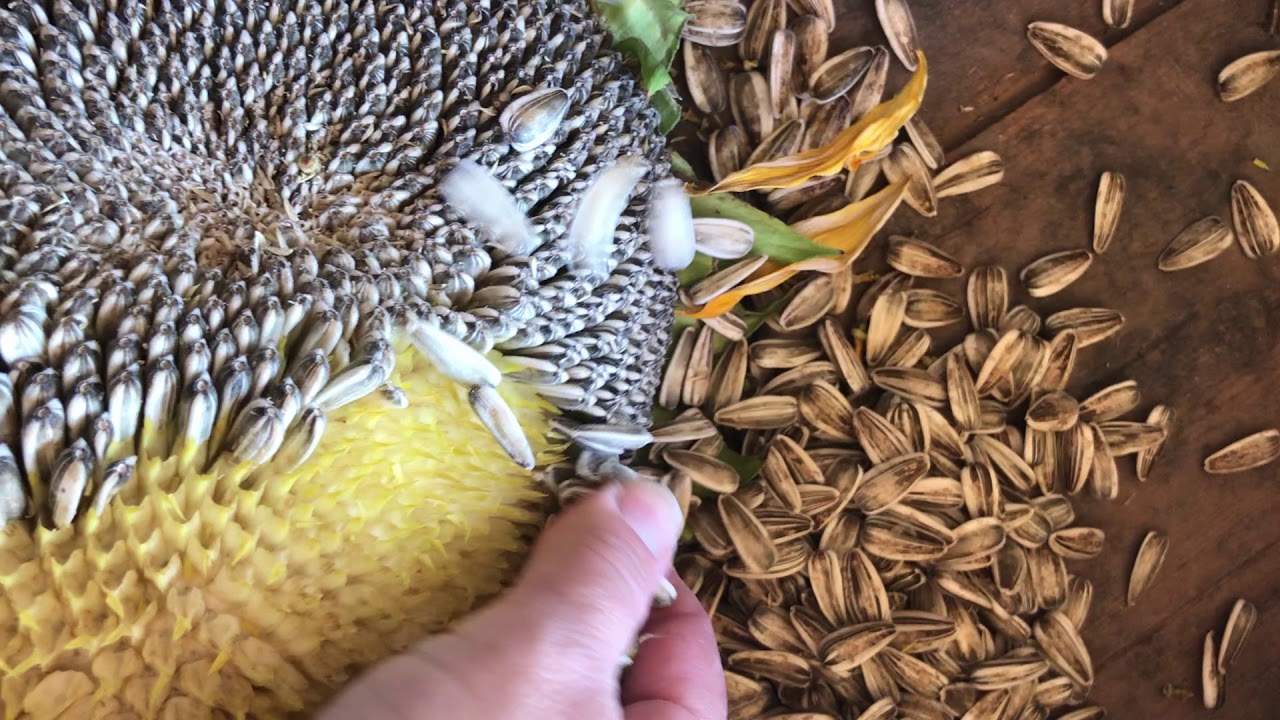
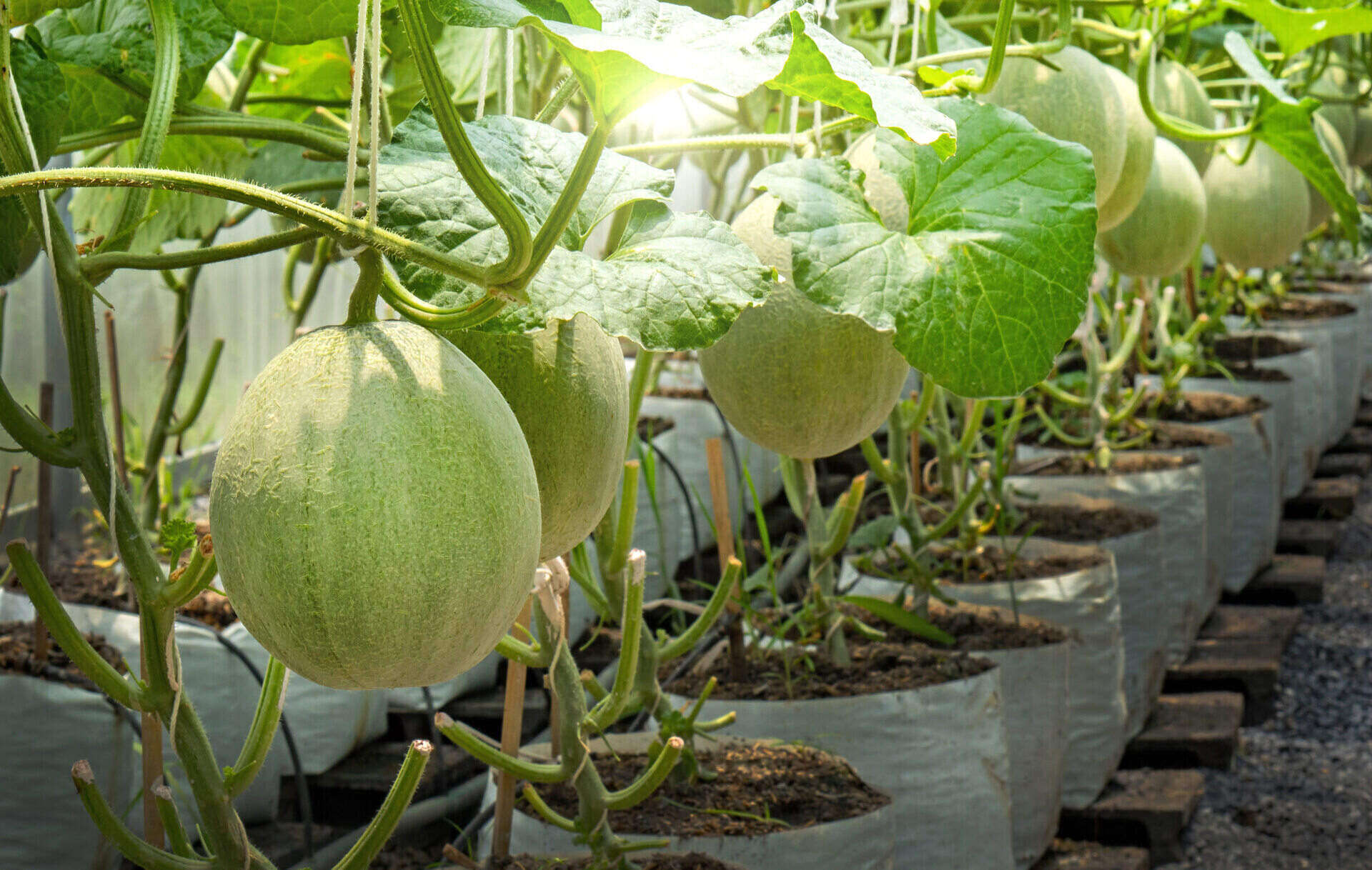
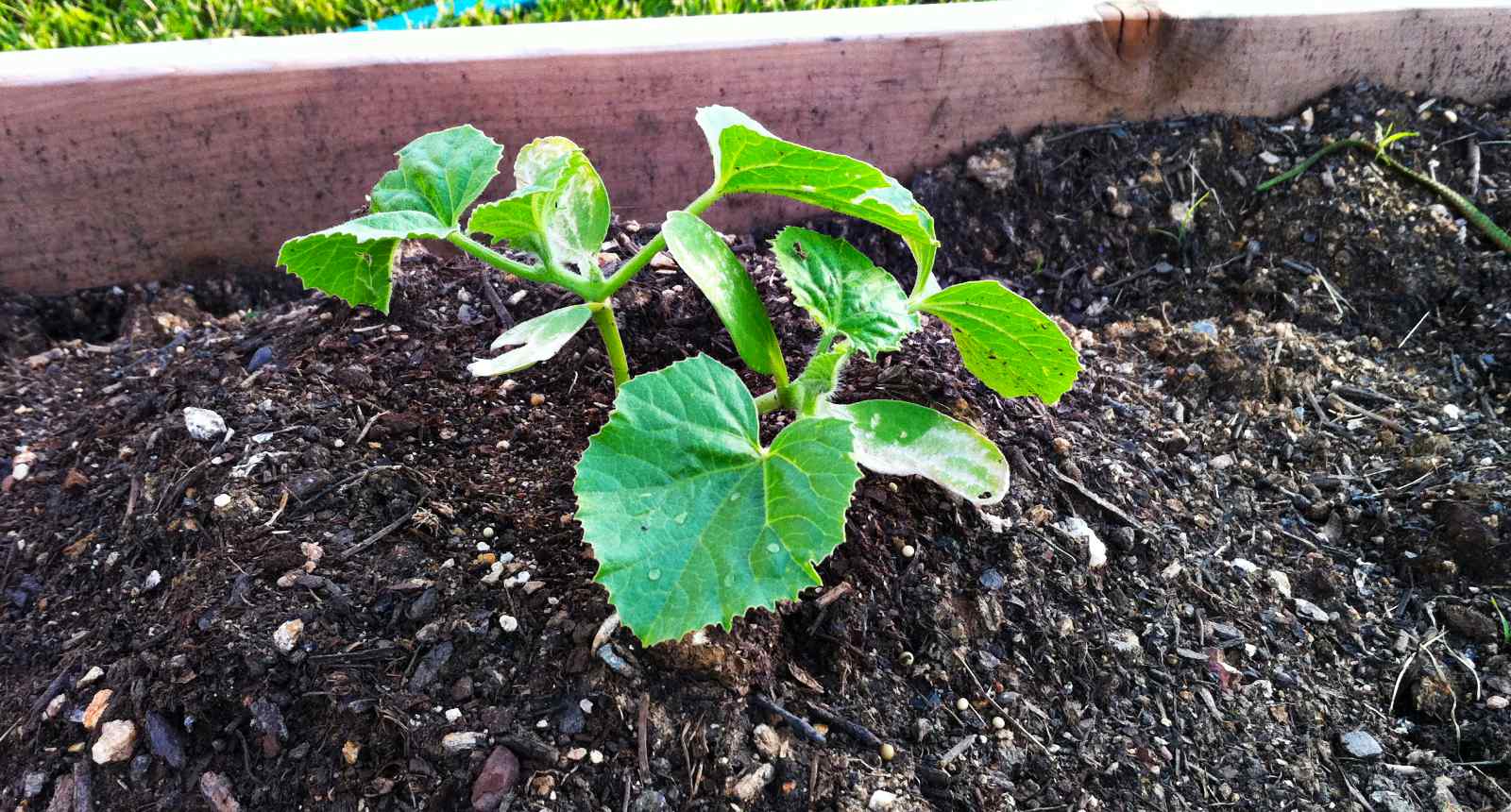
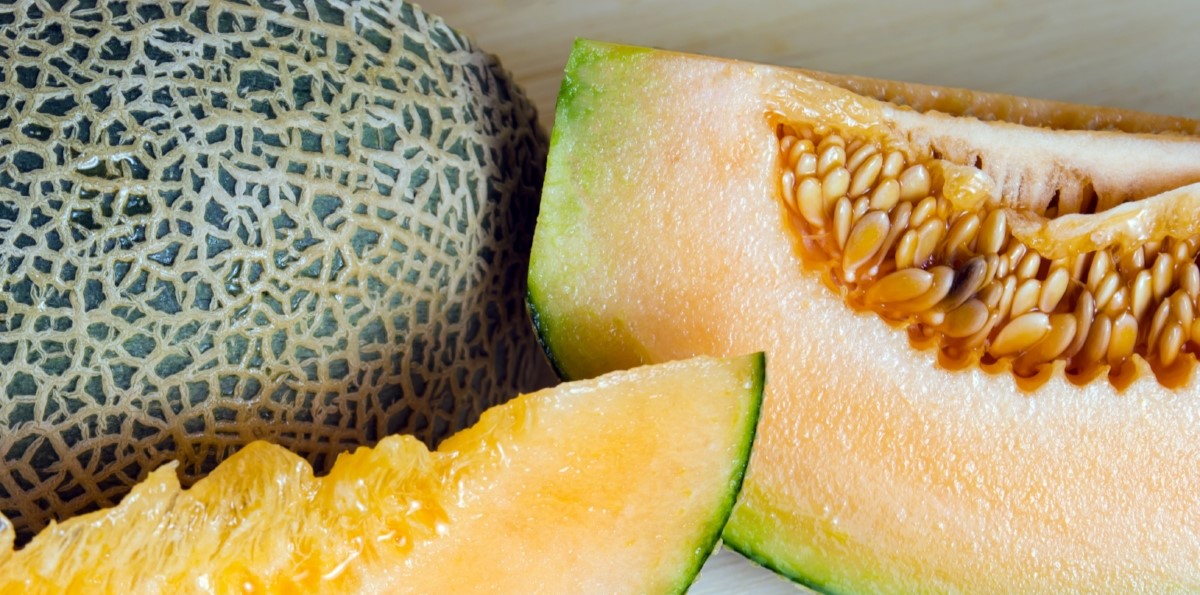
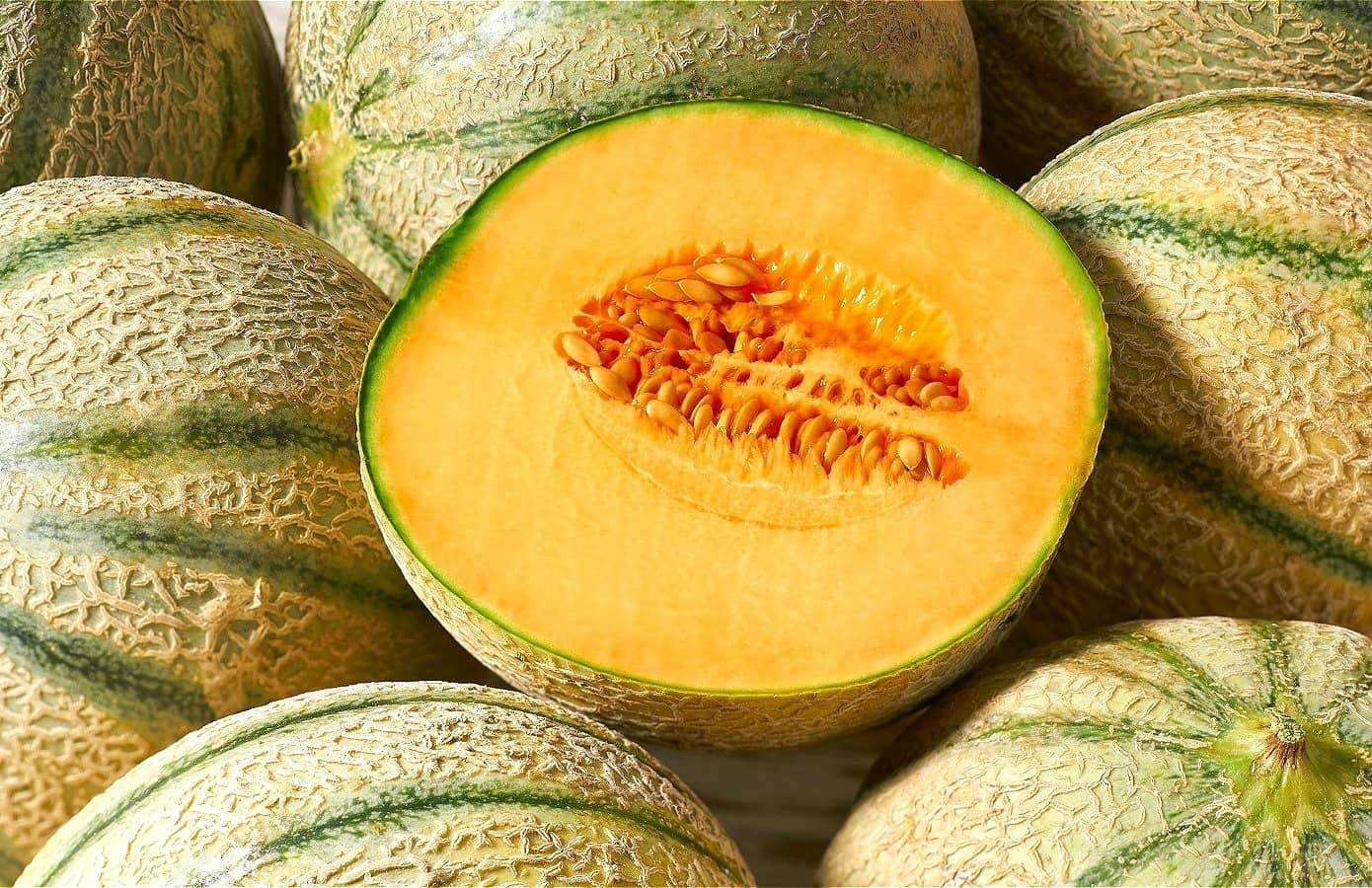
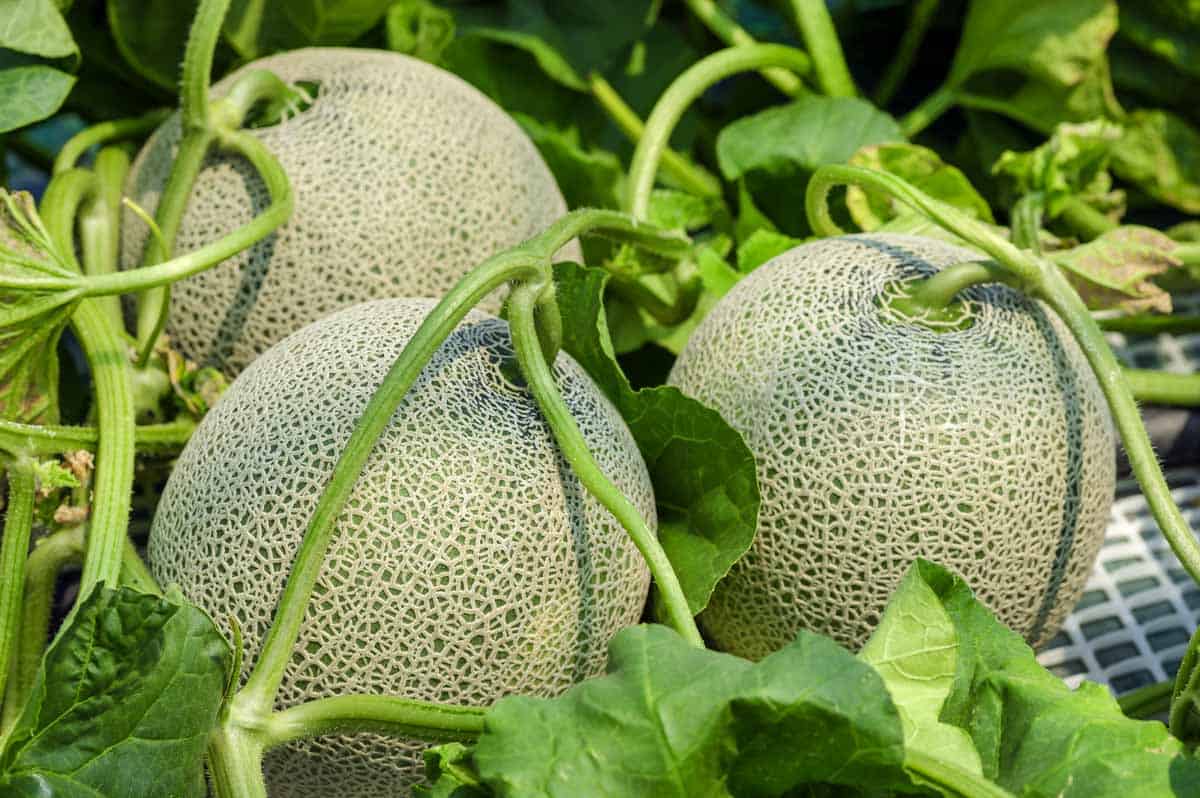
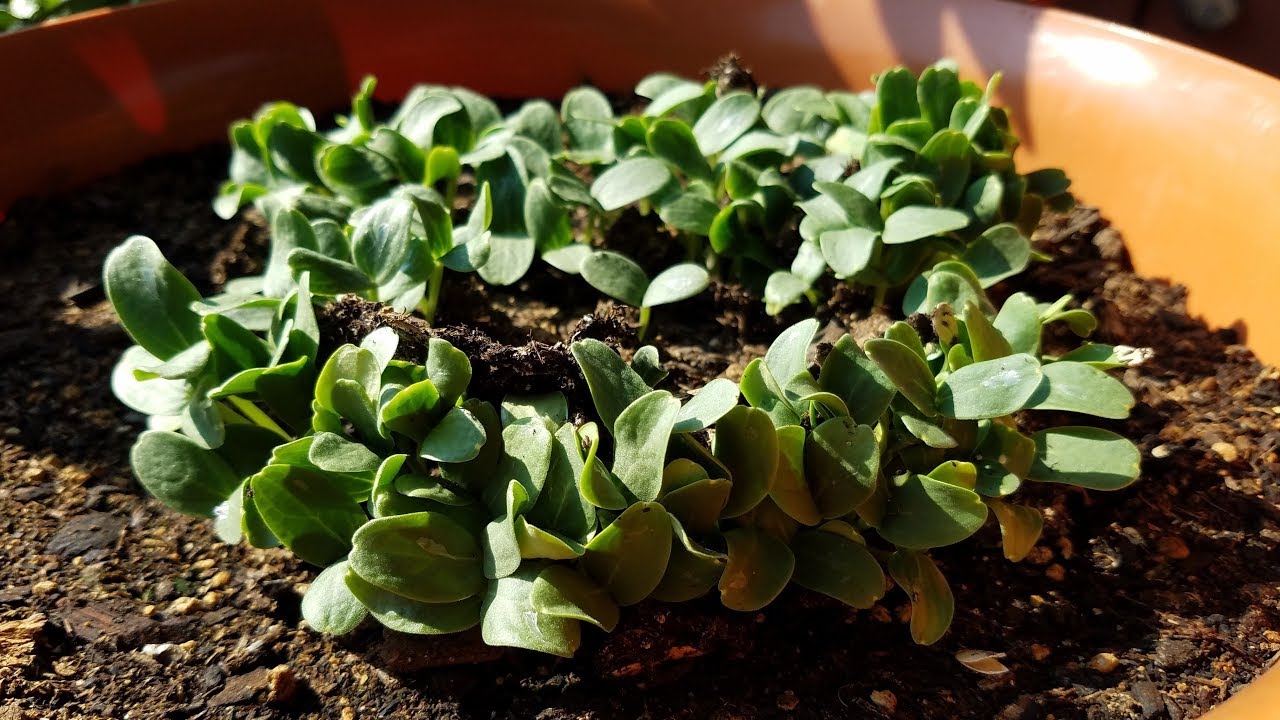
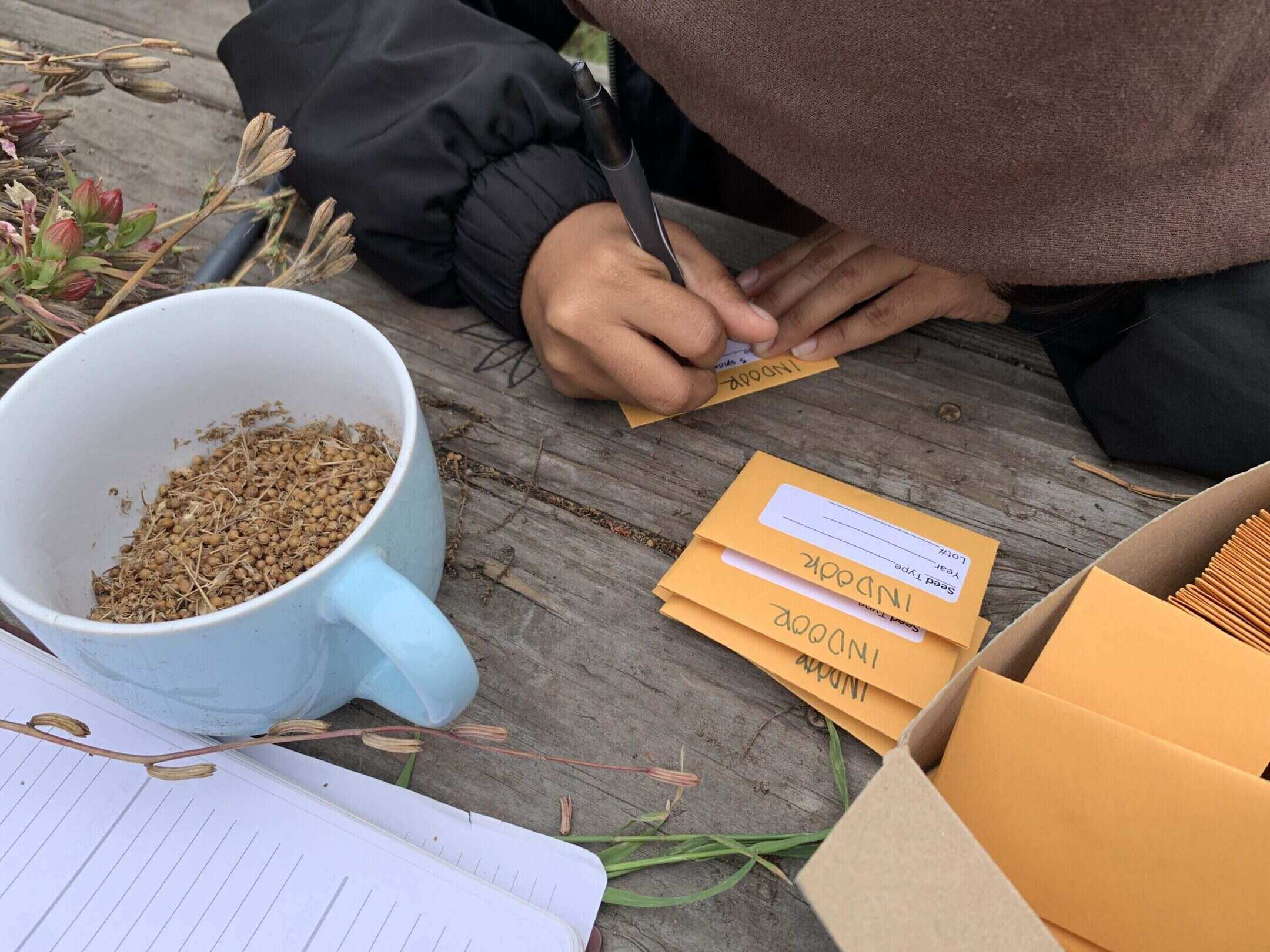
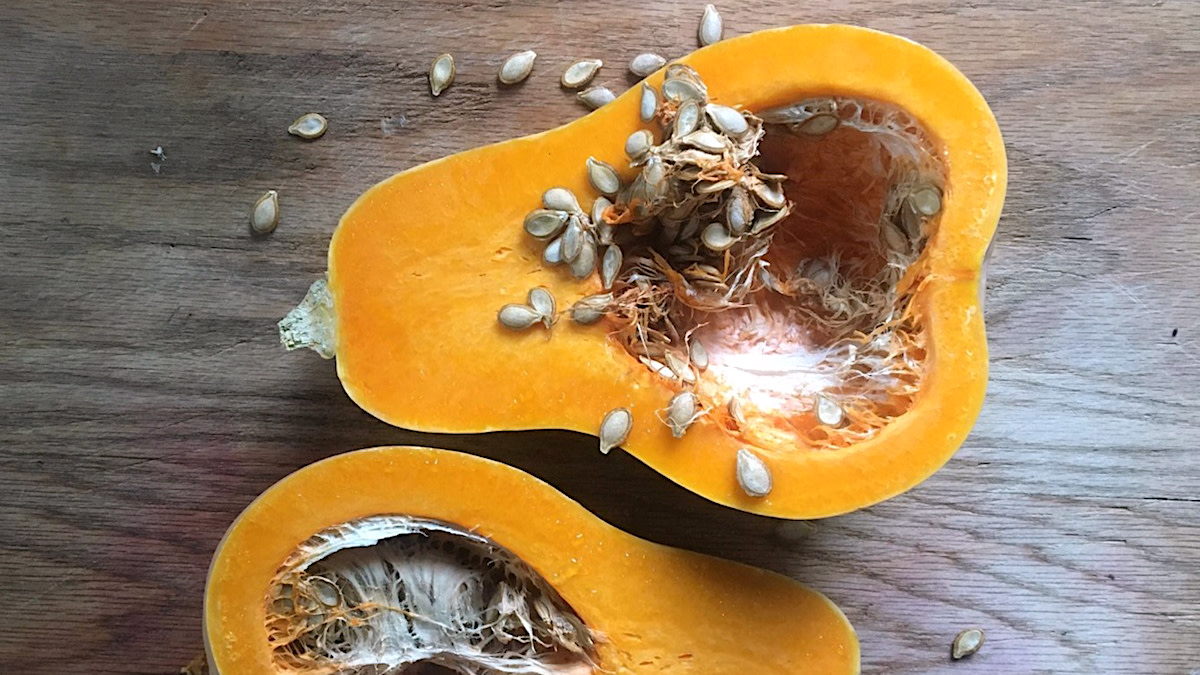
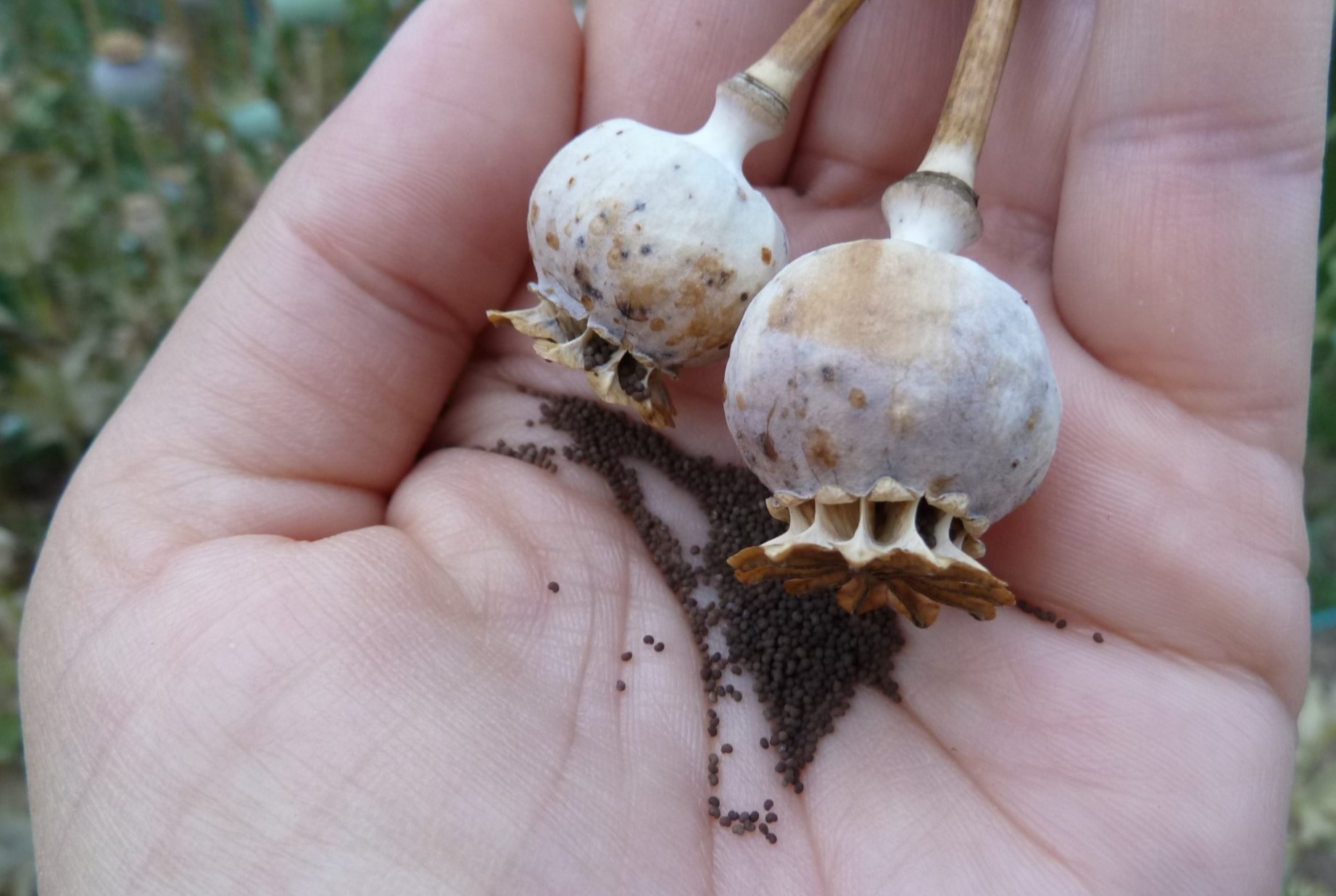
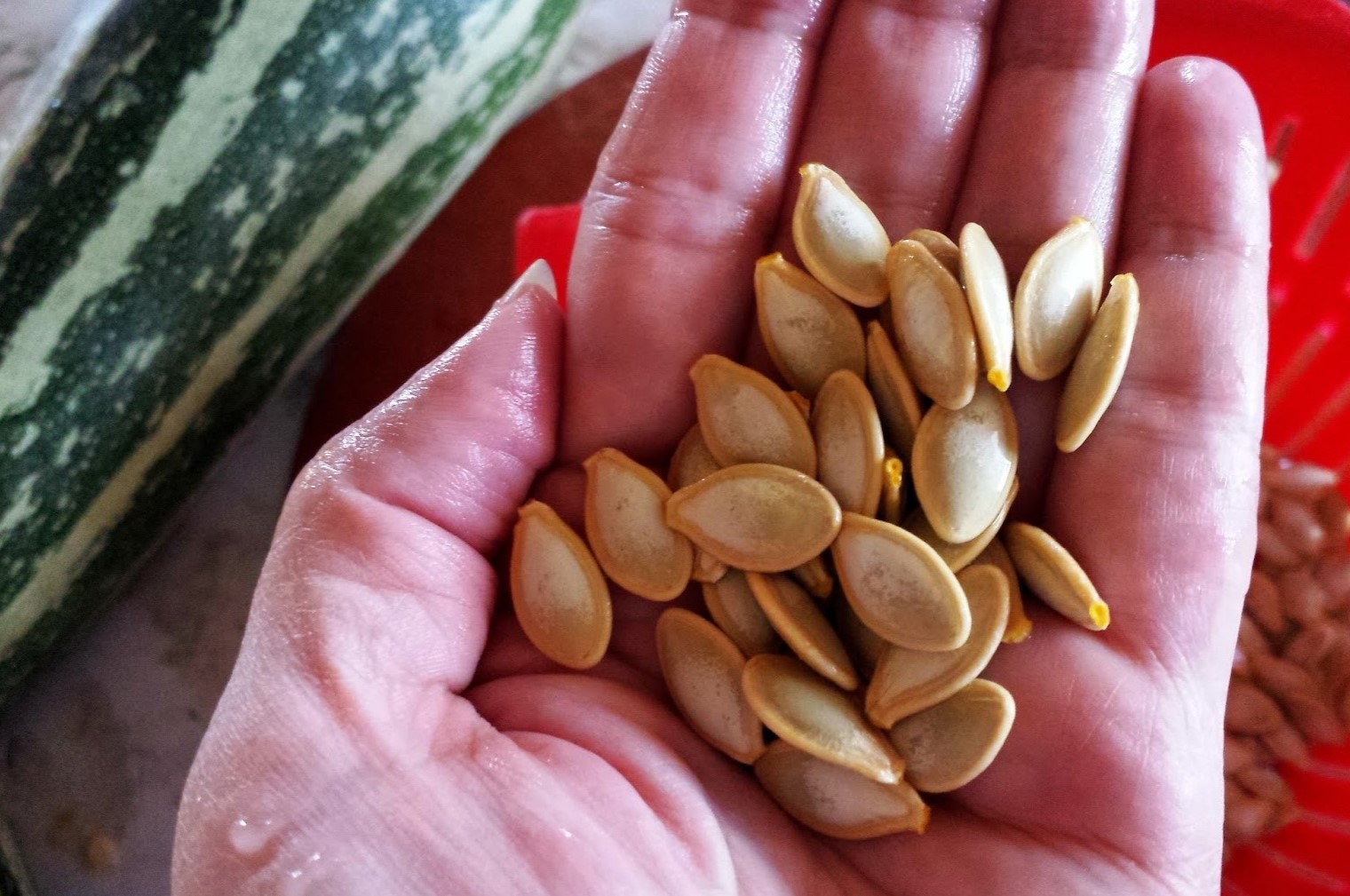
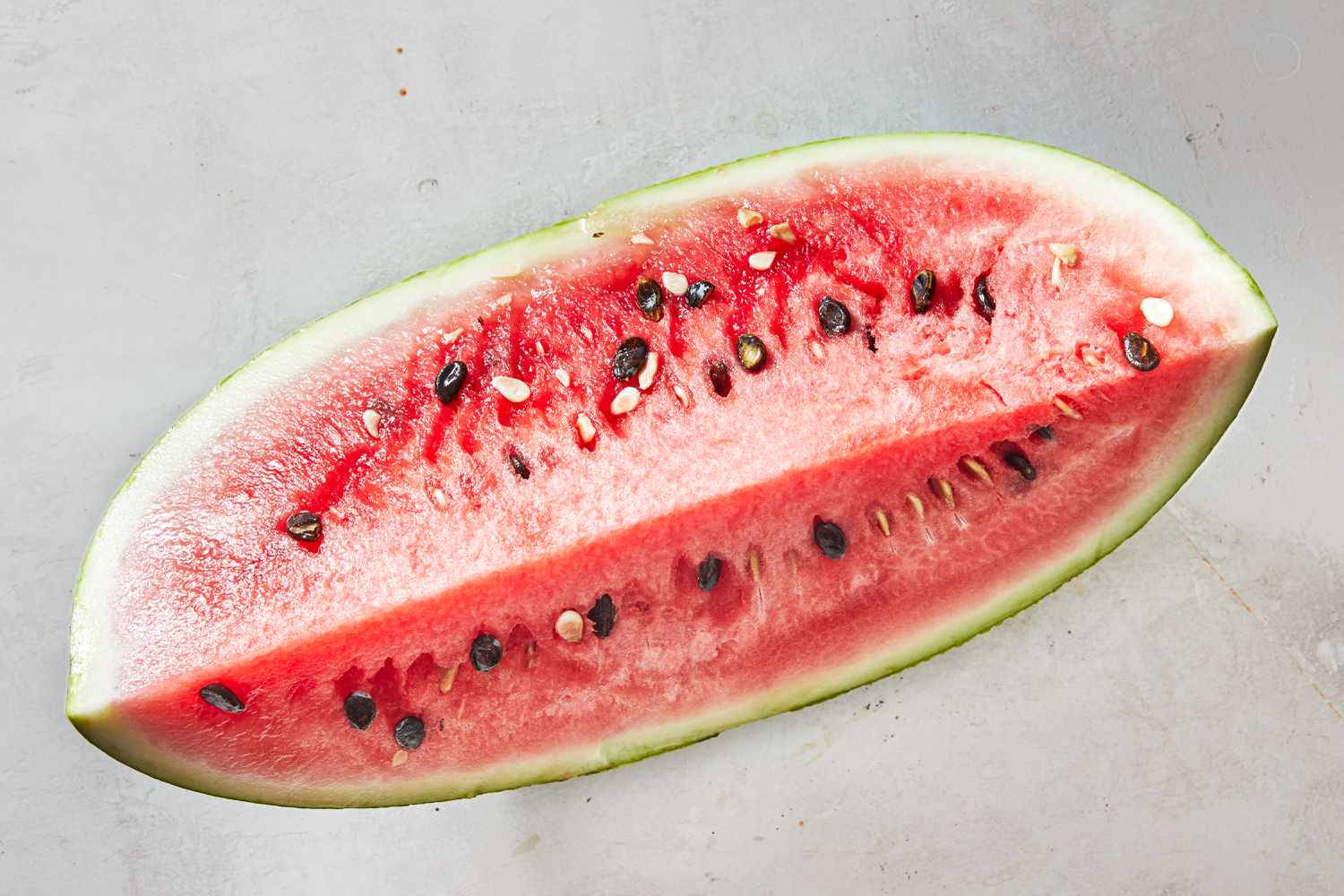
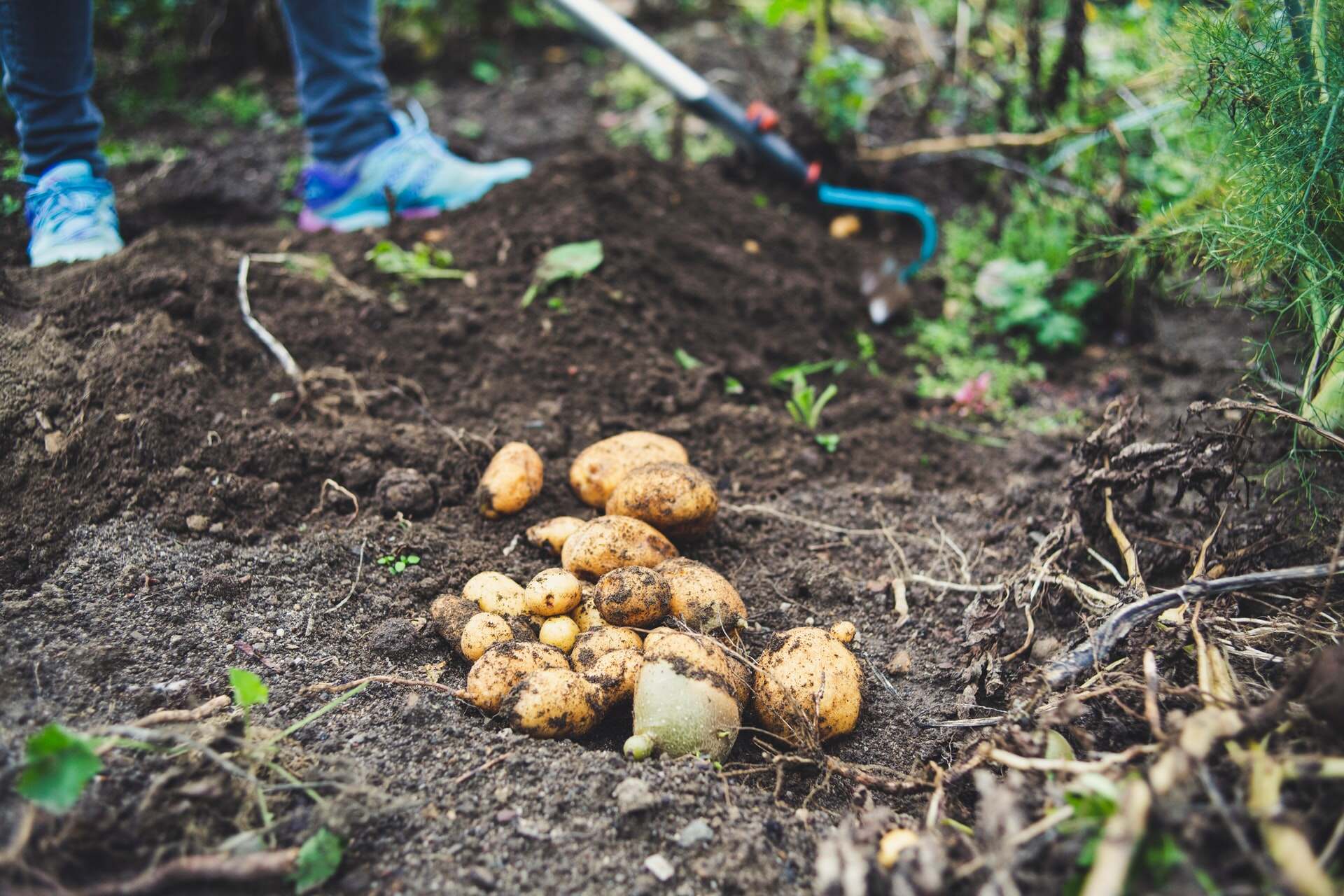

0 thoughts on “How To Save Seeds From Cantaloupe”